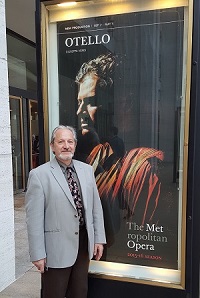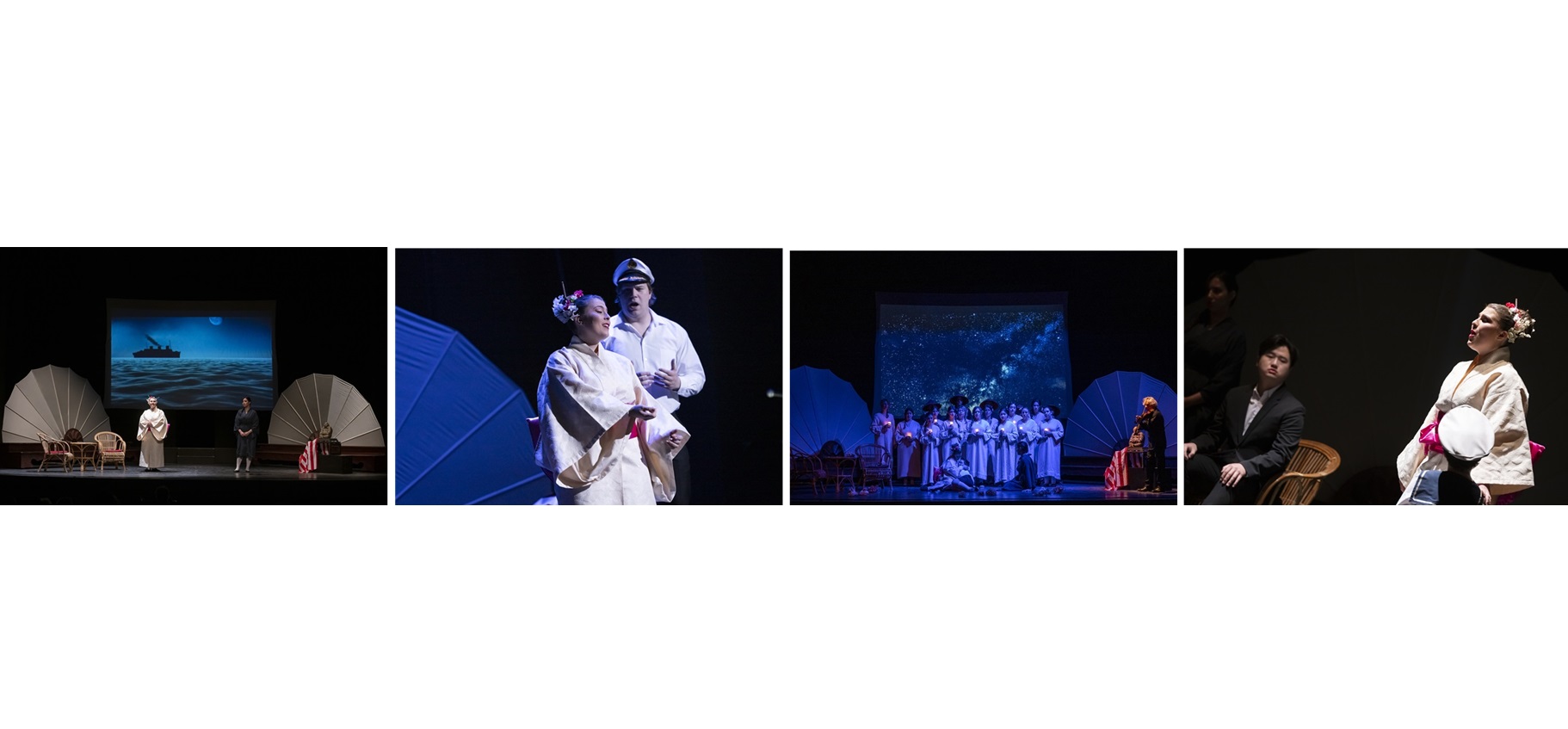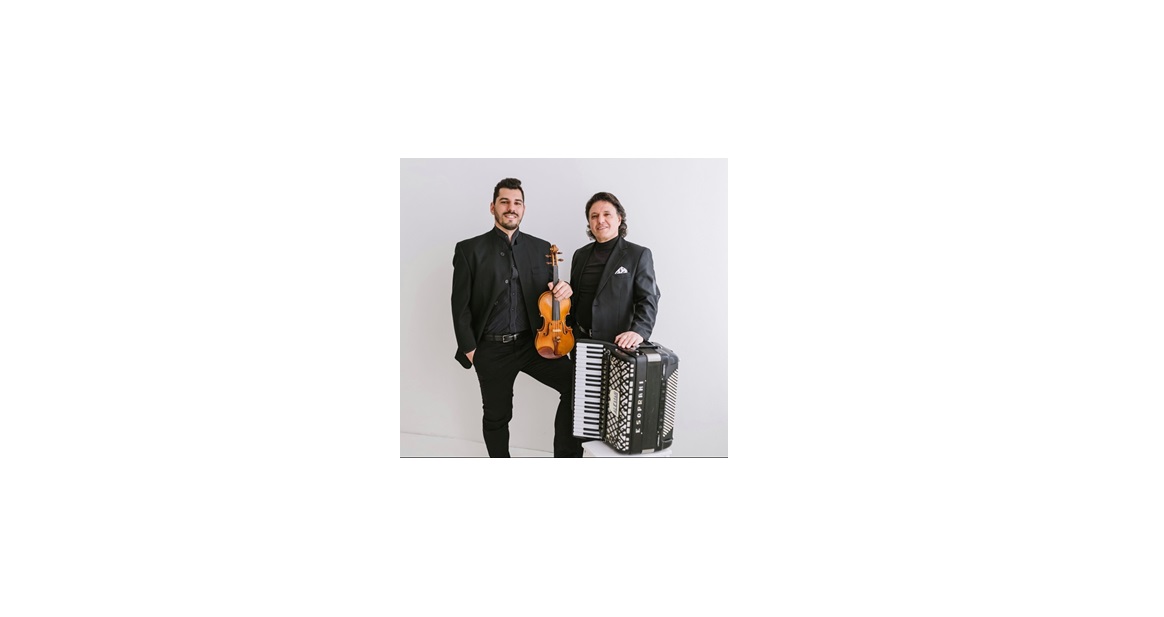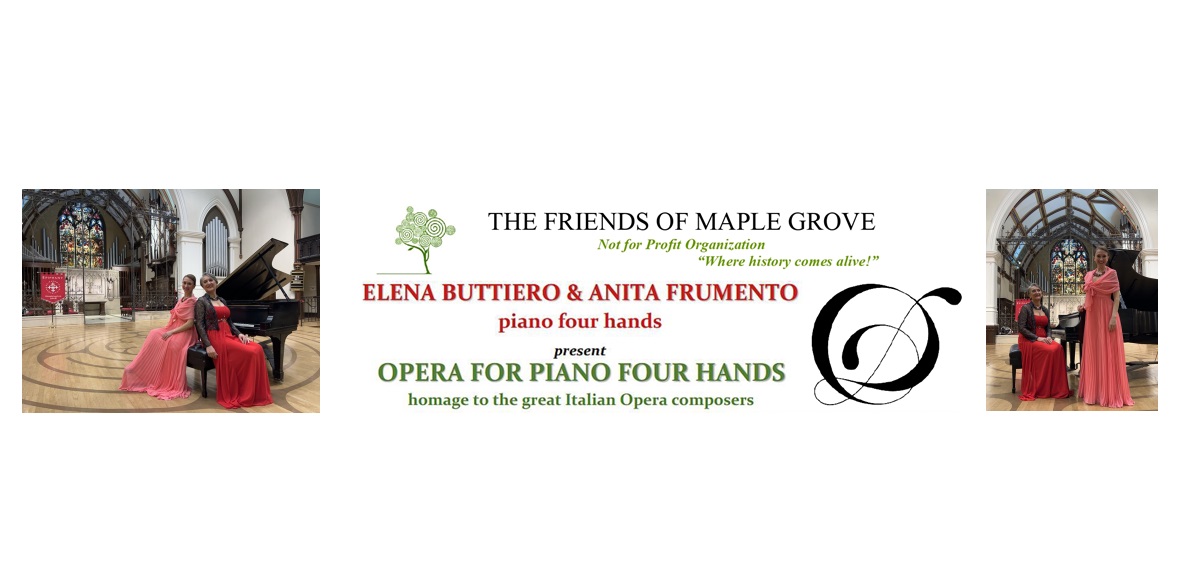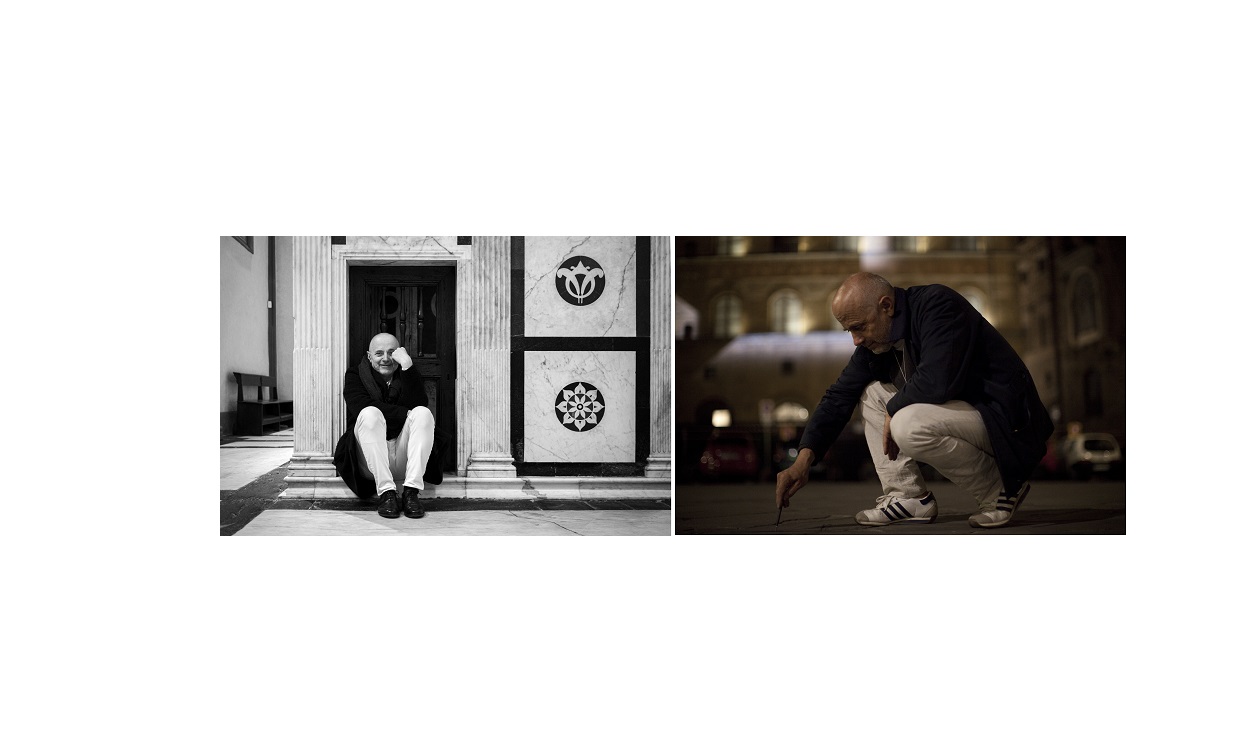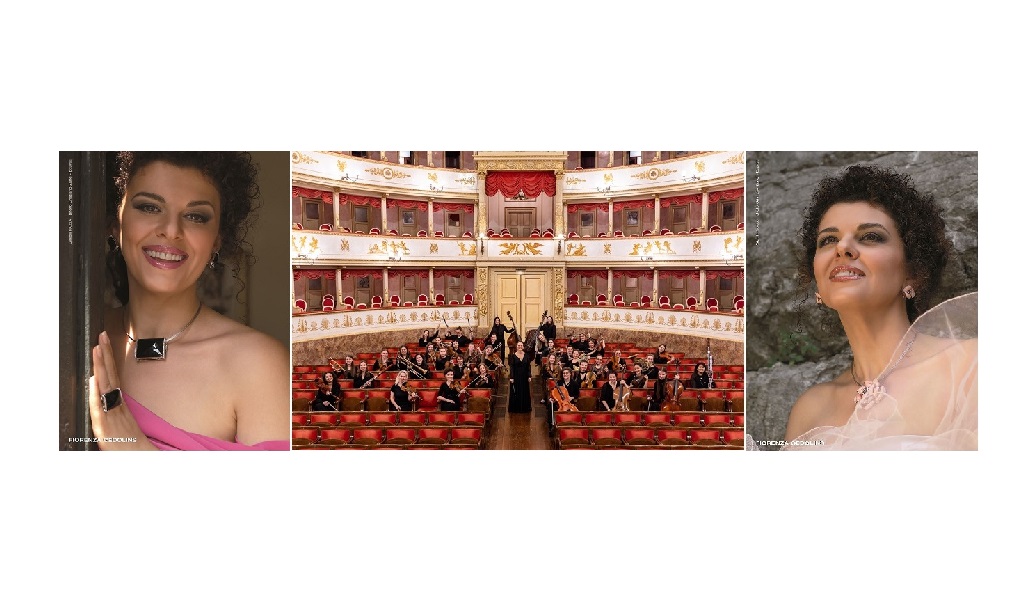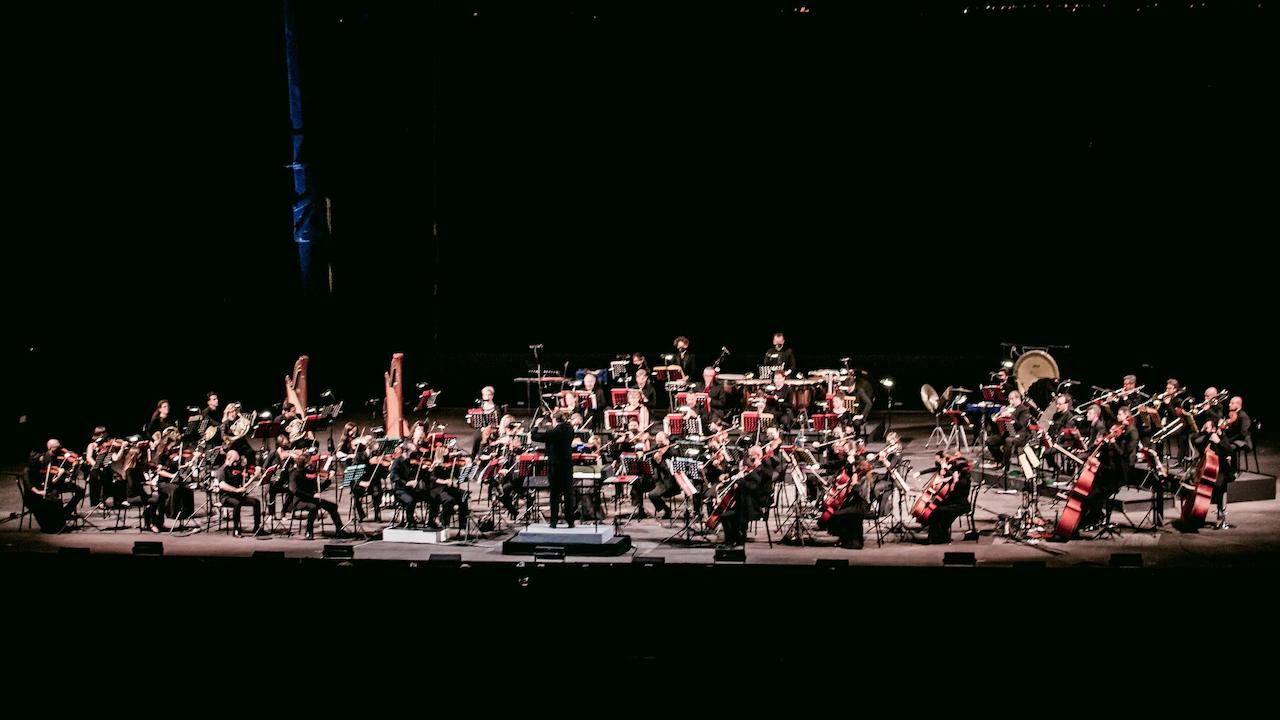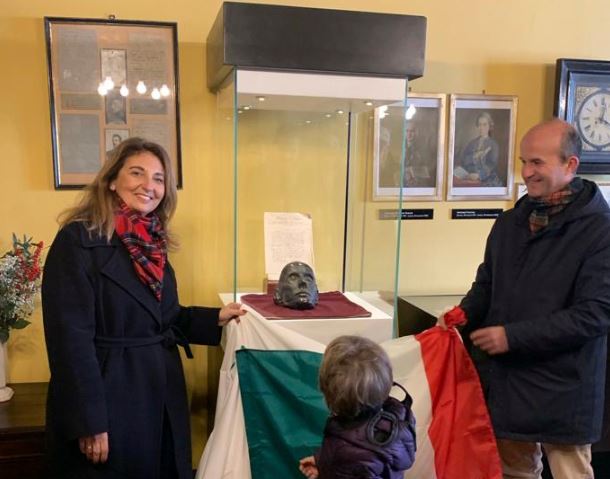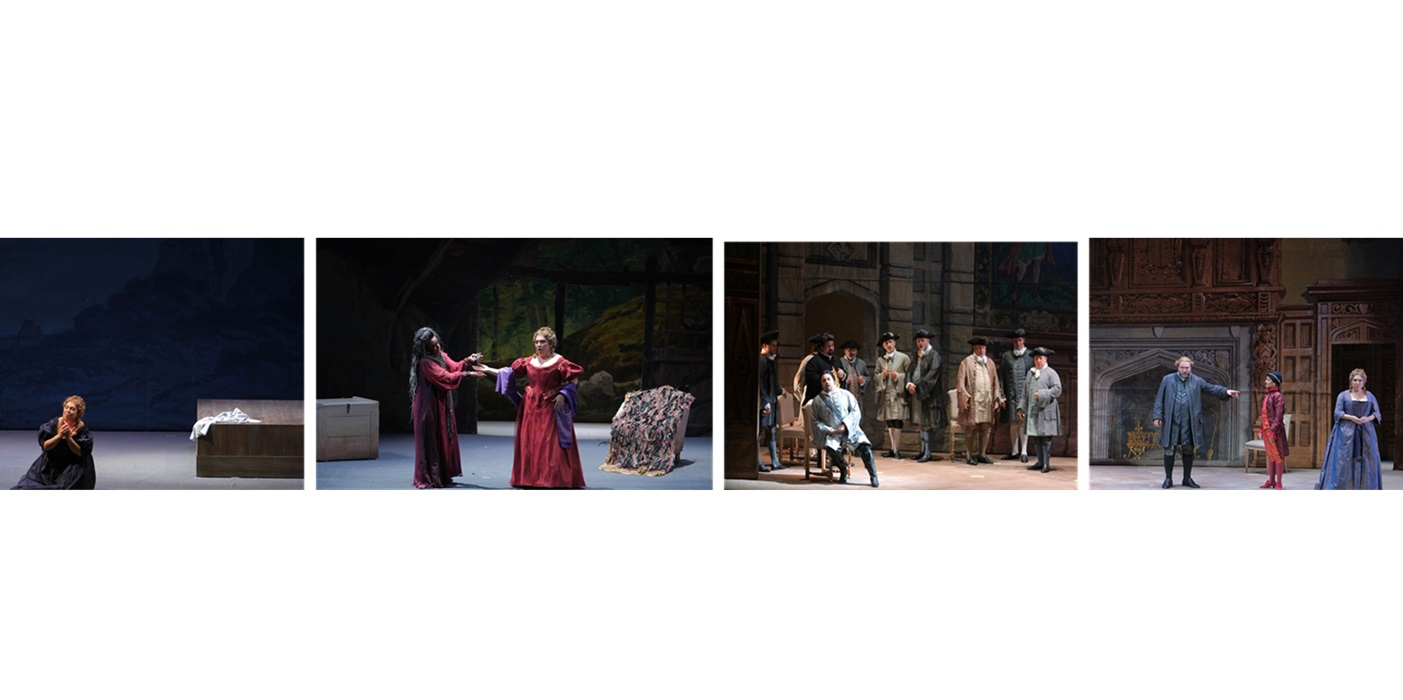 Soprano Sondra Radvanovsky takes on the extraordinary challenge of singing all three of Donizetti’s Tudor queen operas in the course of a single season, a rare feat made famous by Beverly Sills—and not attempted on a New York stage since. In this climactic opera of the trilogy, she plays Queen Elizabeth I, forced to sign the death warrant of the nobleman she loves, Robert Devereux. Tenor Matthew Polenzani is Devereux, and mezzo-soprano Elīna Garanča and baritone Mariusz Kwiecien complete the principal quartet in the bel canto masterpiece, conducted by Donizetti specialist Maurizio Benini. As with the earlier Anna Bolena and Maria Stuarda, the production is by Sir David McVicar, who with this staging completes an enormously ambitious directorial accomplishment.
Soprano Sondra Radvanovsky takes on the extraordinary challenge of singing all three of Donizetti’s Tudor queen operas in the course of a single season, a rare feat made famous by Beverly Sills—and not attempted on a New York stage since. In this climactic opera of the trilogy, she plays Queen Elizabeth I, forced to sign the death warrant of the nobleman she loves, Robert Devereux. Tenor Matthew Polenzani is Devereux, and mezzo-soprano Elīna Garanča and baritone Mariusz Kwiecien complete the principal quartet in the bel canto masterpiece, conducted by Donizetti specialist Maurizio Benini. As with the earlier Anna Bolena and Maria Stuarda, the production is by Sir David McVicar, who with this staging completes an enormously ambitious directorial accomplishment.
Production a gift of The Sybil B. Harrington Endowment Fund
The presentation of Donizetti’s three Tudor Queen operas this season is made possible through a generous grant from Daisy Soros, in memory of Paul Soros and Beverly Sills
Roberto Devereux is a co-production of The Metropolitan Opera and Théâtre des Champs-Elysées
 World premiere: Teatro San Carlo, Naples, 1837. First performed two years after Maria Stuarda and Lucia di Lammermoor, Roberto Devereux shows Donizetti at the height of his musical and dramatic powers. The opera’s story was inspired by a historical incident—the execution for treason of Robert Devereux, the favorite of Queen Elizabeth I—but, as in many works of the time, history is used merely as a springboard from which the operatic imagination can soar. Roberto Devereux mirrors the successful structure of the earlier Lucia di Lammermoor: a first act that lays out the issues at stake and introduces the musical language; a second act fashioned as a single dramatic arc; and three intense shorter scenes for the final act.
World premiere: Teatro San Carlo, Naples, 1837. First performed two years after Maria Stuarda and Lucia di Lammermoor, Roberto Devereux shows Donizetti at the height of his musical and dramatic powers. The opera’s story was inspired by a historical incident—the execution for treason of Robert Devereux, the favorite of Queen Elizabeth I—but, as in many works of the time, history is used merely as a springboard from which the operatic imagination can soar. Roberto Devereux mirrors the successful structure of the earlier Lucia di Lammermoor: a first act that lays out the issues at stake and introduces the musical language; a second act fashioned as a single dramatic arc; and three intense shorter scenes for the final act.
Creators
Gaetano Donizetti (1797–1848) composed about 75 operas plus orchestral and chamber music in a career abbreviated by mental illness and premature death. Most of his works disappeared from the public eye after his death, but critical and popular opinion of the rest of his huge opus has grown considerably over the past 50 years. The Neapolitan librettist Salvadore Cammarano (1801–1852) worked with Donizetti on a number of operas, including Lucia di Lammermoor, and also collaborated with Verdi.
SETTING
The opera is set in London, at Westminster Palace and the Tower. Historical facts place the action between 1599 and 1601 (the year of Devereux’s death).
GALLERY (Photo copyright by Metropolitan Opera)
Music
Donizetti’s gift for melody and understanding of the human voice are on full display in Roberto Devereux, but the score goes beyond that, revealing the dramatic possibilities inherent in the best of the bel canto tradition. Just one remarkable example is the trio finale to Act II for Devereux, Nottingham, and Elizabeth, which contains a range of emotions and psychological states in one cohesive musical structure: the anxious lover, the betrayed husband and friend, and the scorned woman are all given full expression. The opera’s finale belongs entirely to Elizabeth, in a variation of the classic mad scene as an internal journey and spiritual crisis. A nod to local color is found in the overture, which (anachronistically) quotes “God Save the Queen.”
SYNOPSIS
Act I
London, 1601. At the Palace of Nonsuch, Sara, Duchess of Nottingham, is in tears while reading a book. Unknown to the other ladies of the court, she is distressed not about the story she’s reading but about her own situation—she is in love with Robert Devereux. Queen Elizabeth enters and tells Sara that she has decided to follow her husband Nottingham’s advice and receive Devereux, although she is worried that his affections have turned to another woman. Robert has returned from Ireland accused of treason, but Elizabeth is prepared to pardon him as long as he still loves her. Lord Cecil demands that the queen sign Robert’s death warrant, but she tells him she is not convinced of his disloyalty. Robert enters and Elizabeth dismisses the courtiers. She tells him she is ready to pardon him and reminds him of a ring she gave him as a pledge of his safety. But his cool reaction to her talk of their past love increases her suspicions. When she asks directly for the name of her rival, Robert denies that he is in love with anyone else. Now furious, Elizabeth is convinced he has betrayed her. The Duke of Nottingham arrives to greet Robert, who shrinks from his embrace. Nottingham is worried about his friend’s safety but also concerned about his unhappy wife, whom he lately found crying over a blue scarf she was working on. Cecil returns to summon Nottingham to the council meeting that will decide Robert’s fate. Before he leaves, Nottingham assures Robert he will do what he can to defend him.
In Nottingham’s apartments, Sara thinks of Robert and the danger he is in. He suddenly appears and reproaches her for marrying Nottingham while he was away in Ireland, but she replies that she did so on Elizabeth’s orders. Sara in turn reminds Robert that he is wearing the queen’s ring. He tears it off and assures her of his love. Sara implores him to flee and gives him the blue scarf as a pledge of her affections. After a painful goodbye, Robert departs.
Act II
At Nonsuch, the court awaits news of Robert’s fate. Elizabeth enters, then Cecil, who announces that in spite of Nottingham’s defense the council has decided on the death sentence. Sir Walter Raleigh reports that he has arrested Robert according to the queen’s orders. When searched, Raleigh says, Robert was found to have concealed in his clothes a blue scarf, which Elizabeth now angrily examines. Nottingham brings the death warrant for the queen to sign but again pleads for his friend and dismisses all accusations as slander. Elizabeth refuses to relent. When Robert is led in, she turns on him furiously and shows him the scarf. Both Robert and Nottingham are shocked. His astonishment quickly turning into a jealous fury, Nottingham calls for his sword. Elizabeth once again demands to know the name of her rival, but Robert won’t reveal it. Now blind with rage, Elizabeth signs the death warrant.
Act III
Alone in her apartment, Sara receives a letter from Robert in which he asks her to take the ring to Elizabeth and hope for her mercy. Before she can do so, Nottingham appears. He reads the letter, ignores Sara’s protestations of innocence, and orders her to be confined.
In his cell in the Tower, Robert hopes that he will be able to clear Sara’s name before his death. When soldiers appear to take him to his execution, he realizes that all that’s left to him is to pray for her in heaven.
The queen, surrounded by her silent ladies, waits in her rooms, wondering why Sara is not there to comfort her. In spite of everything, she wants Robert to live and hopes that he will send her the ring, but instead Cecil appears to tell her that Robert is on the way to the block. When Sara runs in with the ring and confesses that she is Elizabeth’s rival, the queen orders the execution stopped, but it is too late: a cannon shot announces Robert’s death. Nottingham arrives and Elizabeth turns on him and Sara, demanding to know why they didn’t bring her the ring sooner. Nottingham proudly replies her that all he wanted was revenge. Elizabeth orders them both taken away. Haunted by a vision of the beheaded Robert, she now only longs to be free of her role as queen.




















